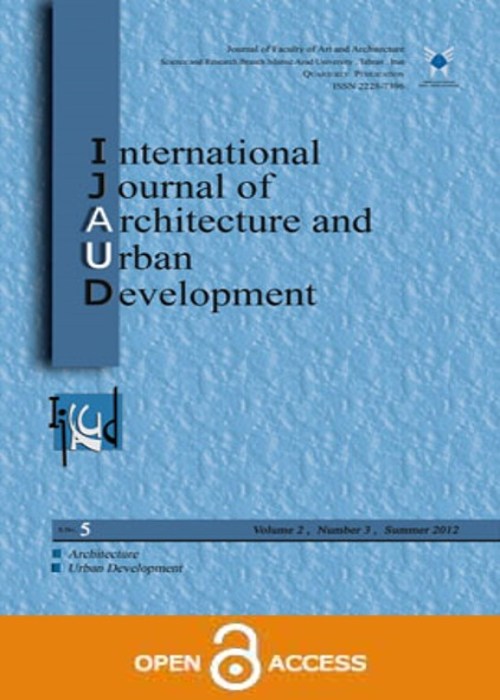Analysis of Educational Services Distribution and Accessibility as Education Quality Indicators: Evidence from Geospatial Analysis and Administrative Time Series Data (Case Study: Gambela City, Gambella Regional State, Ethiopia, East Africa)
It is universally agreed concept that education is a corner stone for socio economic transformation. Education has been recognized as weapon to fight backwardness, poverty and illiteracy for ages. Experience have shown that all the good benefit of education has been assured only when there is quality education. However, there are visible indicators that education quality has not been still achieved in the entire world. Particularly, education quality in developing countries is perceived as discouraging. Hence, the sharp decline of education quality is becoming major concern for developing countries like Ethiopia. This is also more serious concern in emerging regions like Gambella regional state where most people share pastoralism way of life. It is also understandable fact that there are locally known spatial and non-spatial factors that affect education quality. Therefore, the main objective of this study was to identify spatial and non-spatial factors that influence educational quality of primary schools in emerging regions. As methodological approach, the study was used descriptive design approach with mix of qualitative and quantitative method. The main data sources were both primary and secondary data. Primary data were collected from spatial and non-spatial data sources. The spatial information was mainly collected from GPS reading, aerial photo and land use plan. Non spatial primary data were collected using interviews and discussions. The perceptions and reflections of key informants (teachers, students, principals and parents) were entertained by using focus group discussion, key informant interview and public hearings. The secondary data sources were collected by means of desk review. As result, the study was found that education quality in the city is weakening. The underlying causes are, low teachers motivation level, high students- teacher ratio, high students- section ratio, lack of instructional materials, lack of infrastructure and facilities. From the spatial perspective, the education institutions are an unevenly distributed that students from the central part of the city are more advantageous.
Distribution , Emerging Region , Elementary , Gambela , Quality , School , Service Area
- حق عضویت دریافتی صرف حمایت از نشریات عضو و نگهداری، تکمیل و توسعه مگیران میشود.
- پرداخت حق اشتراک و دانلود مقالات اجازه بازنشر آن در سایر رسانههای چاپی و دیجیتال را به کاربر نمیدهد.


